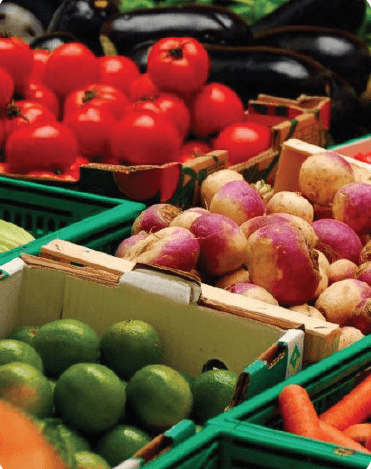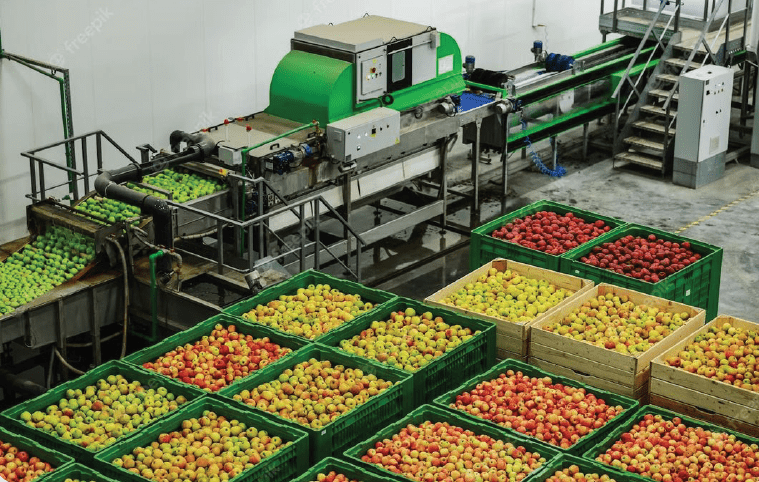As Zimbabwean farmers look to expand their horizons, the vast and lucrative Chinese market presents a golden opportunity. In 2023, China emerged as Zimbabwe’s third-largest export market, accounting for approximately 23% of our export destination market, with exports valued at an impressive $1.7 billion, according to Trade Map 2024. This significant figure underscores the potential for fresh produce farmers to not only grow their businesses but also diversify their product offerings to meet the demands of this expansive market.
While Zimbabwe has traditionally exported a range of products to China, including tobacco ($670 million), vermiculite ($555 million), and iron and steel ($240 million), the edible fruit sector remains relatively underdeveloped. In 2023, Zimbabwe’s total exports of edible fruit to China reached just $9 million, with macadamia nuts making up a staggering $8.5 million, representing 94% of all fruit exports. The remaining 5% comprised citrus fruits, valued at $500,000. This stark contrast is highlighted by the fact that China imported a staggering $16 billion worth of edible fruit in the same year, with major suppliers including Thailand ($7 billion), Chile ($3 billion), Vietnam ($3 billion), and the USA ($1.5 billion). The existing trade relations and cultural affinities between these countries and China have undoubtedly contributed to their strong export positions.
The data from Trade Map reveals a significant gap and an opportunity for Zimbabwean farmers to diversify their fruit offerings. Notably, the most imported fresh produce in China includes durians ($6.7 billion), cherries ($2.6 billion), and bananas ($1 billion), mangosteens ($730 million), grapes ($518 million), citrus ($446 million),kiwifruit ($493 million), longan ($454 million), dragon fruit ($320 million), plums ($280 million),cranberries ($260 million), macadamia ($222 million), among others. With Zimbabwe’s favourable climatic conditions, there is ample room for farmers to introduce new products that could appeal to Chinese consumers. For instance, durians and mangosteens are tropical fruits that could thrive in Zimbabwe’s environment. Additionally, kiwifruit and dragon fruit have already begun to be cultivated in Matabeleland South, where the sunny conditions are ideal for their growth.
Moreover, traditional fruits such as macadamia nuts, citrus, and bananas present significant opportunities for expansion. South Africa, the leading African exporter to China, has successfully captured a considerable market share, exporting nuts worth $246 million and citrus fruits worth $190 million. This success story serves as a powerful reminder that Zimbabwean farmers can also stake their claim in this lucrative market by enhancing their capacities as individual growers, forming cooperatives, and collaborating as a nation to strengthen our export capabilities.
To successfully penetrate the Chinese market, Zimbabwean farmers must navigate a complex landscape of regulations and standards. First and foremost, obtaining market access approval from the General Administration of Customs of the People’s Republic of China (GACC) is essential. This process requires adherence to China’s stringent food safety and phytosanitary standards, which include meeting maximum residue limits (MRLs) for pesticides, complying with labelling requirements, and ensuring product traceability.
Additionally, farmers must be prepared to provide a suite of documentation to facilitate exports. A Phytosanitary Certificate is mandatory, certifying that the produce is free from pests and diseases. Other essential documents include a Commercial Invoice, which outlines the transaction details, a Packing List specifying the contents and packaging of the shipment, and a Bill of Lading, which serves as a contract between the exporter and the carrier. Depending on the product, other certificates such as certificates of origin, free sale, or fumigation may also be necessary.
Implementing Good Agricultural Practices (GAP), SMETA and HACCP is crucial for ensuring product safety and consistency. This includes maintaining high-quality standards throughout the production process, which can significantly enhance the marketability of Zimbabwean produce. Furthermore, proper packaging is vital to protect the produce during transportation and maintain its freshness. Establishing a reliable cold chain throughout the shipping process is equally important to preserve product quality, ensuring that the fruits arrive in optimal condition for consumers.
On the domestic front, Zimbabwean farmers must ensure they have completed the necessary export documentation, including the CD1 form, agro dealer certificate, and export permit. These steps are vital for ensuring smooth customs clearance and compliance with trade procedures.
As we look to the future, it is important that we embrace innovation, collaboration, and a commitment to quality, ensuring that Zimbabwean produce finds its rightful place on the global stage.







